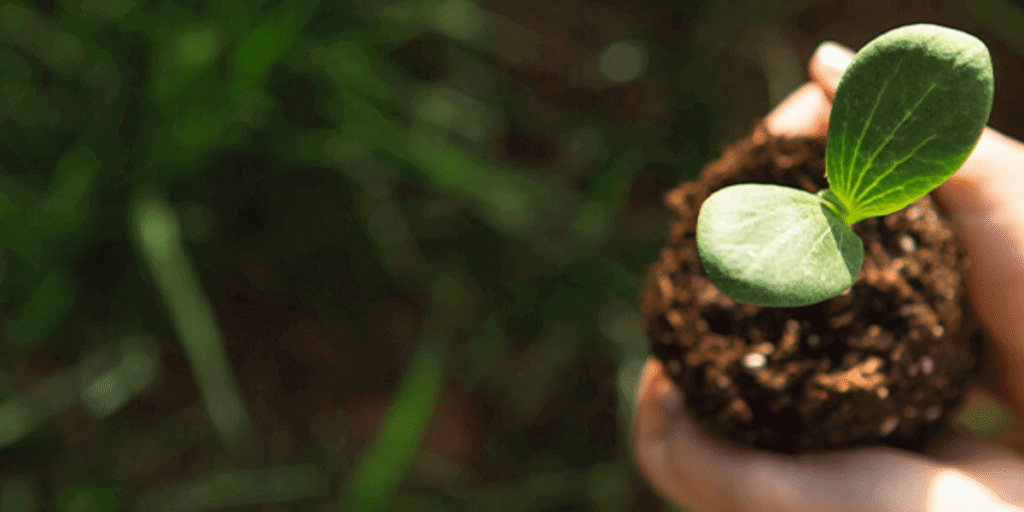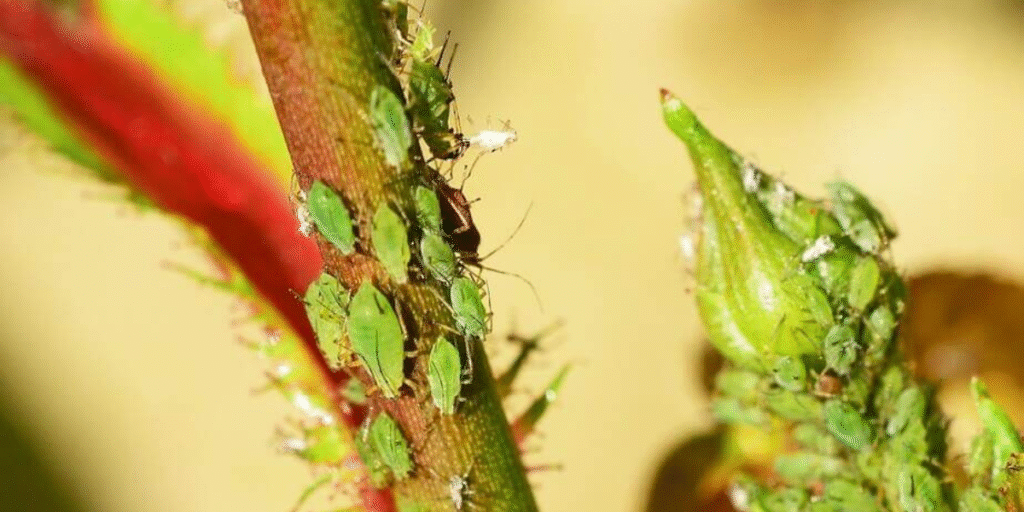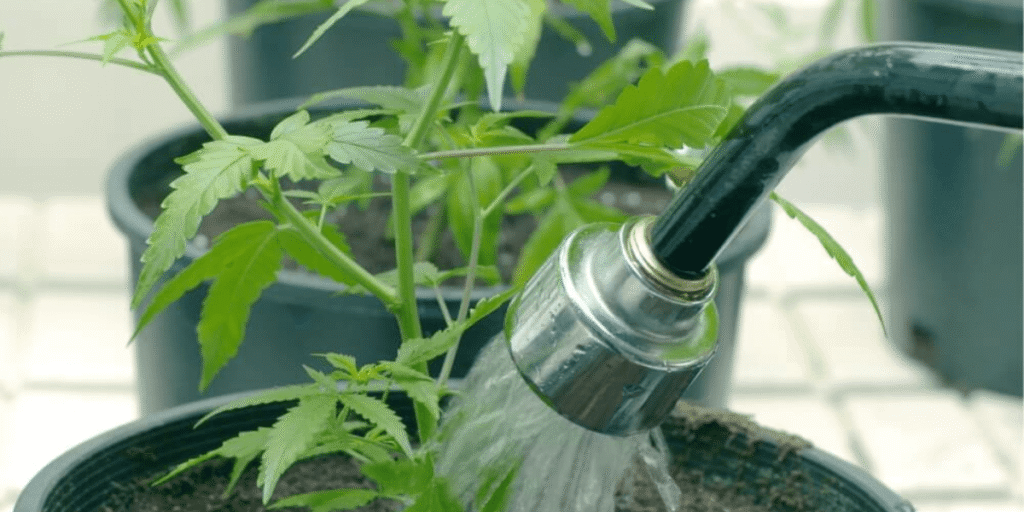Clone cannabis plants step by step and discover how simple it is to replicate the plant you love. Imagine taking the exact qualities of your favorite strainits aroma, potency, and resilience and multiplying them without relying on seeds. That’s the beauty of cloning. It’s not just a method; it’s a shortcut to consistency, quality, and control. In this guide, we’ll take you through each step clearly and confidently, so even if you’re new to growing, you’ll be able to create healthy, thriving clones and build a garden that never lets you down.
Step-by-Step Guide to Clone Cannabis Successfully
Here’s a detailed breakdown of how to successfully clone cannabis plants:
1. Essential Tools and Supplies for Cloning Marijuana Plants
Before you begin, ensure you have all your materials ready. This will make the process smoother and more efficient.
- Sterile Razor Blade or Scalpel: Sharpness and sterility are crucial for a clean cut, minimizing damage and preventing infection.
- Rooting Hormone: Available in gel, powder, or liquid form. This promotes rapid root development.
- Cloning Medium: Rockwool cubes, coco coir plugs, or specialized cloning collars are ideal for supporting the cuttings.
- Propagation Dome or Humidity Dome: Essential for maintaining high humidity around your clones, which is vital for their survival until roots form.
- Heat Mat (Optional but Recommended): Provides consistent warmth to the rooting medium, accelerating root growth.
- Grow Lights: Low-intensity fluorescent (CFLs) or LED lights are perfect for young clones.
- Spray Bottle with pH-Adjusted Water: For misting the clones and keeping the humidity high.
- Rubbing Alcohol or Hydrogen Peroxide: For sterilizing your tools.
- Healthy Mother Plant: Choose a vigorous, pest-free plant that is in its vegetative stage.
2. How to Prepare a Controlled Environment for Cannabis Cuttings
Set up your cloning station in a clean, sterile area. Sterilize your razor blade or scalpel with rubbing alcohol or hydrogen peroxide. Ensure your cloning medium is hydrated and ready. If using rockwool cubes, soak them in pH-adjusted water (around 5.5-6.0) for at least an hour before use.
3. Mother Plant Selection and Preparation for Successful Cloning
Choose a healthy, well-established mother plant that has been in the vegetative stage for at least two weeks. Avoid plants that are flowering or showing signs of stress. It’s often helpful to “prep” the mother plant a few days before cloning by reducing nitrogen intake and slightly stressing it (e.g., by dimming lights for a few hours). This can encourage the plant to send more energy to root development in the cuttings.Not all cannabis strains root with the same ease. If you’re wondering which genetics are most beginner-friendly, check out our guide on the easiest cannabis strains to clone, choosing the right strain can significantly increase your success rate.
4. Best Techniques for Cutting and Handling Cannabis Stems
This is the most critical step.
- Identify a Branch: Look for a healthy branch with at least two sets of nodes (where leaves and branches sprout). The ideal cutting size is typically 4-8 inches long.
- Make the Cut: Using your sterile razor blade or scalpel, make a clean, diagonal cut at a 45-degree angle just below a node. A diagonal cut increases the surface area for root development.
- Remove Lower Leaves: Immediately after cutting, carefully remove any leaves from the bottom 1-2 inches of the stem. These leaves would otherwise be submerged in the cloning medium and could rot, leading to fungal issues. You can also trim the tips of the remaining upper leaves to reduce transpiration and stress on the cutting.
5. Applying Rooting Hormone to Boost Clone Development
Immediately after taking the cutting and trimming the lower leaves, dip the freshly cut end into your rooting hormone. Ensure the entire cut surface is coated. This hormone contains auxins that stimulate root growth.
6. How to Insert Cuttings into Soil, Coco, or Rockwool Mediums
Gently insert the hormone-dipped cutting into your pre-soaked cloning medium (e.g., a hole in a rockwool cube or coco coir plug). Make sure the cutting is secure and stands upright. Avoid forcing it, which could damage the stem.
7. Humidity Domes and Trays: Maintaining Ideal Conditions for Propagation
Carefully place your planted cuttings into the propagation dome. The dome creates a humid microclimate, preventing the cuttings from drying out. Mist the inside of the dome and the cuttings with pH-adjusted water before closing it.
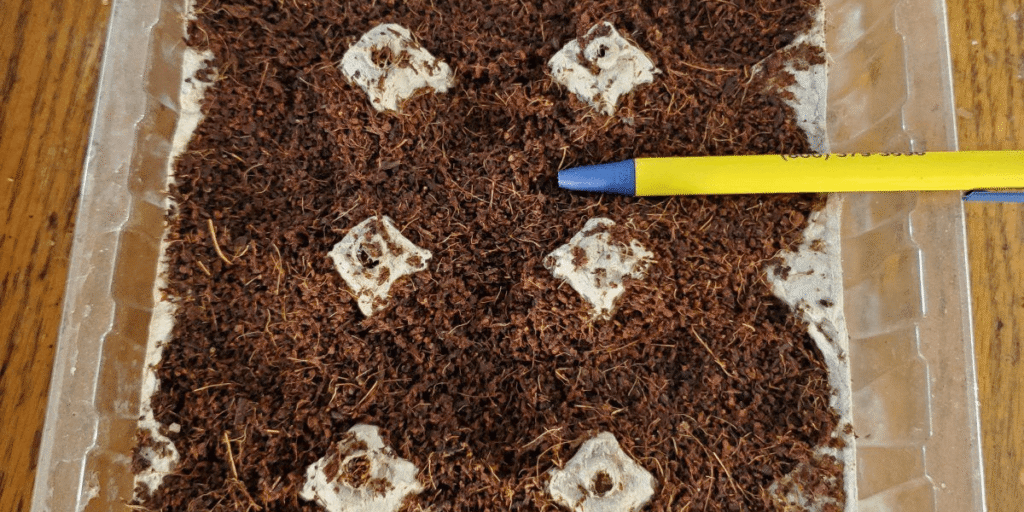
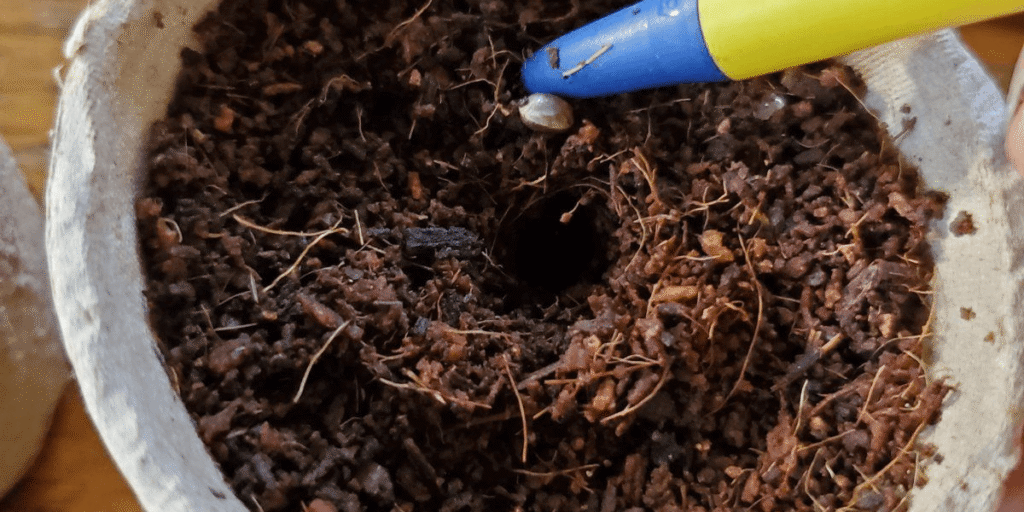
8. Light Timing, Temperature, and Moisture for Root Growth
- Lighting: Place the propagation dome under low-intensity grow lights (CFLs or low-wattage LEDs) on an 18/6 or 24/0 light cycle. Keep the lights about 18-24 inches away to prevent heat stress.
- Temperature: Maintain a consistent temperature between 70-78°F (21-26°C). A heat mat can be very beneficial for maintaining optimal root zone temperature.
- Humidity: The most crucial factor! Keep the humidity within the dome between 70-90%. Mist the clones and the inside of the dome frequently (2-3 times a day) to maintain these levels. Briefly open the dome daily for a few minutes to allow for air exchange and prevent stagnant air, which can lead to mold.
9. Signs of Rooted Cannabis Clones and When to Transplant Them
- Root Development: Roots typically start to appear within 7-14 days, but some strains may take longer. You’ll see white roots emerging from the cloning medium.
- Ventilation: Once roots start to form, gradually reduce the humidity by opening the vents on the propagation dome or propping it open for longer periods each day. This helps harden off the clones and prepare them for a less humid environment.
- Transplanting: Once the roots are well-established and have grown out of the cloning medium, your clones are ready for transplanting into a larger growing medium (e.g., soil or hydroponics) to continue their vegetative growth.
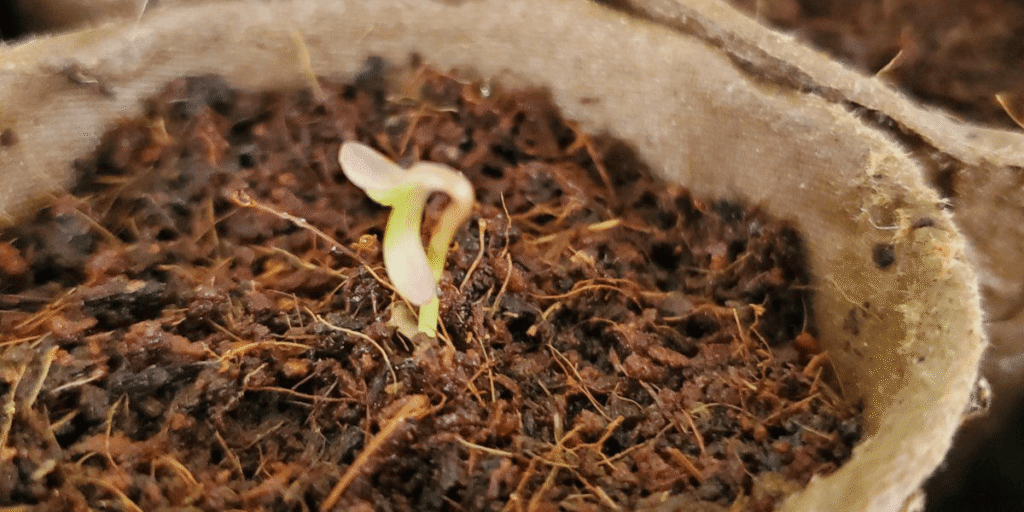
Advanced Cloning Tips for Healthy Cannabis Cuttings
1. Using Aeroponic or Hydroponic Systems for Rooting Cannabis Cuttings
Principle: Aeroponic cloners suspend cuttings in air within a chamber, where fine mist nozzles continuously spray a nutrient solution directly onto the exposed stems.
Advantages:
- Superior Oxygenation: Roots are exposed to abundant oxygen, which is crucial for rapid cell respiration and growth.
- Faster Rooting: Often the fastest method for root development due to optimal oxygen and nutrient delivery.
- Reduced Disease Risk: Less susceptible to mold and fungal infections common in overly wet media, provided water parameters are controlled.
- Equipment Recommendation: Systems like EZ-Clone or TurboKlone series are popular and effective.
Considerations:
- Water Temperature: Crucial to maintain 20-22°C (68-72°F) water temperature to prevent pathogen growth (like Pythium) and ensure optimal oxygen solubility. A chiller might be necessary.
- Nutrient Strength: Use a very diluted cloning-specific nutrient solution.
- Cleanliness: Requires vigilant sanitation to prevent slime and bacterial buildup in the reservoir and nozzles.
2. How to Improve Cloning Success with Environmental Controls and Timing
- Rooting Hormone “Double Dip” Technique: Some cultivators lightly dip the cut end in rooting hormone, insert it into the medium briefly, then withdraw it and apply a second, thicker layer of hormone before final insertion. This can enhance hormone adhesion and penetration.
- Low Light Pre-Treatment for Mother Plant: As mentioned, reducing light intensity or giving the mother plant a short period of darkness (e.g., 24 hours) before taking cuttings can encourage the plant to produce more auxins, which are key for root initiation.
- Controlled Dehydration (For Humid Environments): In very high humidity environments, where cuttings might struggle to transpire, some growers allow cuttings to “air dry” for about 30 minutes after cutting but before applying hormone and inserting into the medium. This slight wilting can trigger a stronger survival response, prompting faster rooting, but caution is advised to avoid over-drying.
3. Balancing Nutrients for Early Clones to Prevent Stretch and Weak Roots
- Low Nitrogen (N) Strategy: During the cloning phase, avoid excessive nitrogen. High nitrogen encourages leafy, vegetative growth (stretch) at the expense of root development. Opt for cloning-specific solutions with very low N.
- Adequate Calcium (Ca) and Magnesium (Mg) Supplementation: These micronutrients are vital for healthy cell wall formation and overall plant structure, particularly important for new root development. If using Reverse Osmosis (RO) water, these will need to be added back.
- Beneficial Additives:
- Seaweed Extract (Kelp): Rich in natural plant hormones (cytokinins, auxins, gibberellins) and trace minerals, seaweed can promote root growth and reduce transplant shock.
- Vitamin B1 (Thiamine): Often included in “transplant shock” solutions, B1 can aid in metabolic processes and reduce stress during the sensitive rooting phase.
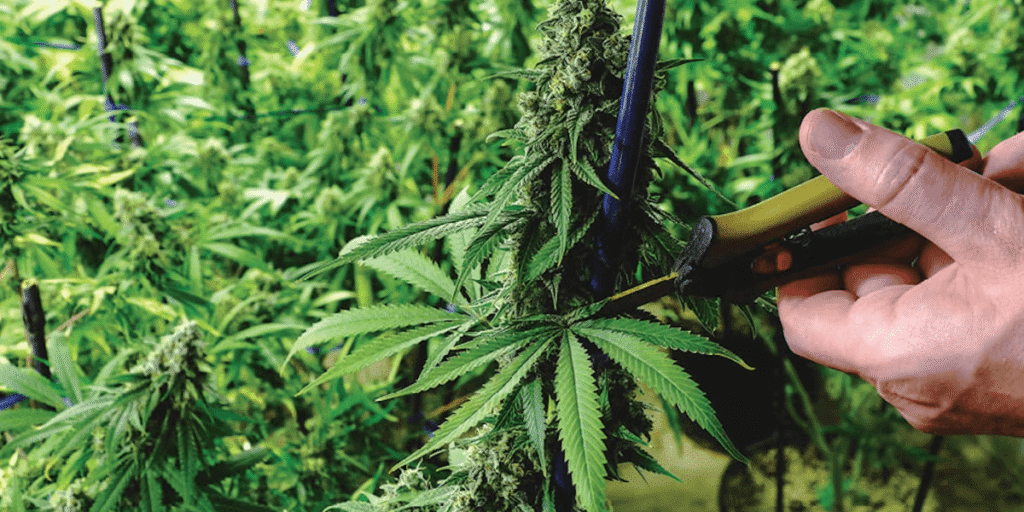
4. Cloning Hard-to-Root Cannabis Strains: Tips for Success
Cannabis strains vary significantly in their rooting capabilities.
- Easy vs. Difficult Clonability: Some strains, like many indicas (e.g., Northern Lights, Afghani), are notoriously easy to clone, rooting quickly and reliably. Others, particularly some sativas or highly hybridized strains (e.g., Durban Poison, Haze varieties), can be challenging and require more precise conditions.
- Specialized Management for Difficult Clones:
- Optimized Humidity/Temperature Cycles: For difficult strains, maintaining even tighter control over humidity (closer to 90%) and root zone temperature (consistently 75°F/24°C) can make a difference.
- Extended Light Cycles: Some growers find a 24-hour light cycle beneficial for stubborn clones, as it provides continuous energy for metabolic processes without a dark period to slow things down.
- Gentle “Wounding”: Lightly scraping the outer layer of the stem with a sterile blade before applying hormone can sometimes expose more cambium, encouraging rooting in tough strains.
5. Can You Save a Dying Cannabis Clone? How to Troubleshoot Failures
Don’t give up too soon! Sometimes, clones can recover.
- Indicators of Irreversible Failure:
- Complete Loss of Turgor and Color: If leaves are completely limp, crispy, and have lost their vibrant green, the clone is likely beyond saving.
- Black, Mushy Stem Base: This is a definitive sign of rot (bacterial or fungal infection) and indicates irreversible failure.
- Signs of Potential Salvage:
- Leaves Still Have Some Turgor/Green: If the leaves are still somewhat firm or green, even if slightly wilted, there’s a chance.
- Stem Base is Firm and Not Discolored: No signs of rot at the cut end.
- “Re-Cut” or “Rescue Cloning” Method:
- If the stem base is sound but no roots have formed after an extended period, carefully remove the clone from the medium.
- Make a fresh, clean diagonal cut higher up the stem, removing the original cut end and any compromised tissue.
- Re-apply rooting hormone generously and insert into a fresh, sterile cloning medium. Sometimes, moving to a pure water cloning system (see below) can also work for rescue.
- Ensure all environmental conditions (humidity, temperature, light) are optimal.
6. Key Differences Between Cannabis Seedlings and Clones
Clones and seedlings, while both young plants, have distinct characteristics that influence their early care.
- Growth Speed & Root Development:
- Clones: Typically grow faster initially because they bypass the germination phase and already have established stem and leaf structures. However, their root systems tend to be more shallow and fibrous, spreading horizontally first rather than developing a strong taproot. They often need earlier transplanting due to this.
- Seedlings: Start slower, as they must germinate and establish a taproot first. Their root systems are generally stronger and more vertically oriented, making them more resilient to minor drought.
- Nutrient Management:
- Clones: Have very low initial nutrient demands. Avoid strong light and high nitrogen, which can lead to “stretch” (leggy growth) rather than robust root development. Gradually increase nutrients as roots develop.
- Seedlings: Also have low initial nutrient needs but are more tolerant of a slight increase in nutrient strength once the first true leaves appear.
- Training & Pruning:
- Clones: Often inherit the growth pattern of the mother plant. If the cutting was taken from a side branch, it might have a natural lean or asymmetric growth, requiring earlier and more targeted training (e.g., topping, LST) to establish a balanced canopy.
- Seedlings: Grow with a natural apical dominance (central stem dominance) and typically develop a symmetrical structure, which can simplify early training.
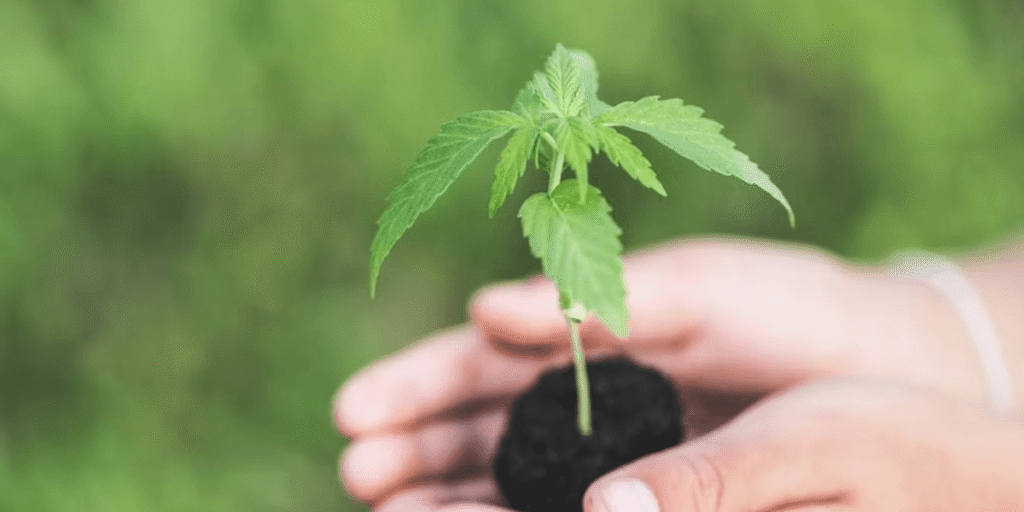
7. Are Multiple Generations of Weed Clones Less Vigorous?
This is a common concern among growers.
- Genetic Drift/Degradation: While clones are genetically identical to the mother, long-term, continuous cloning (e.g., 5+ generations) can sometimes lead to a phenomenon known as “genetic drift” or “epigenetic changes.” This isn’t true genetic mutation but rather changes in gene expression due to accumulated environmental stresses or the “aging” of the meristematic tissue (the growth tips). You might observe slight decreases in vigor, yield, or potency, especially in high-stress growing environments.
- Maintaining Genetic Stability:
- Regular Seed-Based Mother Plant Renewal: The most reliable way to maintain genetic purity and vigor is to periodically start new mother plants from seeds of the original strain. This “resets” the genetic clock.
- Preserve Early-Generation Mothers: Keep a healthy “master” mother plant from an early cloning generation in optimal conditions. This plant serves as your genetic bank, from which you can take cuttings to create new “working” mothers.
8. Optimizing Large-Scale Cannabis Cloning for Commercial Production
For large-scale operations, cloning is fundamental to profitability and consistency.
- Standardized Workflow:
- Batch Planning: Define the number of clones per batch, establish fixed cutting schedules, and implement uniform lighting, humidity, and feeding protocols.
- Automated Systems: Utilize automated humidity controllers, timed misting systems (for aeroponics), and irrigation systems to reduce labor and ensure consistency.
- Cost Efficiency & ROI:
- Compared to growing from seeds, cloning can save 40-60% on initial plant costs and significantly shorten the vegetative cycle by at least 7-14 days, leading to faster crop turnover and higher annual yields.
- Reduced risk of male plants (which seeds can produce) further saves space and resources.
- Batch Tracking & Data Management: Implement robust labeling systems (e.g., QR codes, detailed plant tags) to record mother plant lineage, batch numbers, cutting dates, and any specific observations. This ensures traceability, helps identify high-performing mother plants, and allows for data-driven optimization of the cloning process.
9. Sustainable Cloning Practices for Eco-Friendly Cannabis Cultivators
Integrate sustainable methods into your cloning process.
- Biodegradable Media Options: Choose environmentally conscious cloning media such as:
- Peat Fiber Plugs: Biodegradable and good for water retention. Ensure sourcing from sustainable peat bogs.
- Mushroom Substrate-Based Plugs: Innovative, often made from agricultural waste, and fully biodegradable.
- Coco Coir Pellets/Plugs: A renewable resource derived from coconut husks, offering good aeration and water retention.
- Energy-Efficient Lighting: Utilize low-energy LED grow lights and integrate timers to minimize electricity waste. Clones do not require high-intensity lighting, making this an easy area for energy savings.
- Water Conservation Systems:
- Kratky Method: A passive hydroponic technique where roots hang into a static nutrient solution, requiring minimal water and no pumps once established.
- Deep Water Culture (DWC) or Recirculating Hydroponics: Closed-loop systems that recirculate nutrient solutions, drastically reducing water discharge and nutrient waste compared to drain-to-waste systems.
Frequently Asked Questions About Propagating Cannabis
Q1: How long does it take for cannabis clones to root?
Generally, cannabis clones take 7 to 14 days to show visible roots, but some strains can take up to 21 days. Patience and maintaining optimal environmental conditions are key.
Q2: What is the ideal humidity for cannabis clones?
Cannabis clones require very high humidity, ideally between 70% and 90%, during the initial rooting phase. This prevents them from wilting since they don’t have roots to absorb water.
Q3: Can I clone a flowering cannabis plant?
While it’s technically possible, it’s not recommended. Cloning a flowering plant (often called “re-vegging” or “monster cropping”) can lead to slower growth, abnormal leaf development, and a longer recovery period before it returns to vegetative growth. It’s best to clone plants in their vegetative stage.
Q4: What are the signs of a successful cannabis clone?
The first signs of success are that the cutting doesn’t wilt and the tips of the leaves remain turgid. Eventually, you’ll see small white roots emerging from the cloning medium. New growth on the stem (small leaves) is also a strong indicator.
Q5: Why are my cannabis clones wilting or dying?
The most common reasons for wilting or dying clones are low humidity, insufficient warmth in the rooting medium, bacterial or fungal infections from unsterile tools or stagnant water, or an unhealthy mother plant. To troubleshoot in more detail, check out our full guide on why your cannabis clone might be dying. Make sure your environment is stable, and always work with clean, sanitized tools.
Final Thoughts on the Cannabis Cloning Process
Cloning cannabis is a sophisticated yet accessible technique that empowers cultivators to reproduce their finest plants with precision and efficiency. By understanding the intricate biology, implementing meticulous practices, and leveraging advanced techniques, you can achieve remarkable success rates. This comprehensive guide equips you with the knowledge to not only clone effectively but to optimize your cloning strategy for health, vigor, and sustainability.
Ready to Propagate Your Favorite Strains Like a Pro?
Looking to replicate your favorite cannabis strain? Cloning is more than a growing method,it’s a powerful way to preserve genetics, boost consistency, and reduce costs. With the right tools and care, your best plant can live on through countless generations. No guesswork. No surprises. Just reliable, high-performing results every time. Whether you’re a seasoned grower or just getting started, cloning gives you the control to shape your garden exactly the way you want.
Need guidance choosing the right cloning setup or lighting system? Explore our full range at www.greenfuturelight.com and connect with our expert team for a free personalized consultation. We’re here to help your garden thrive.
Let’s grow together tag @Greenfuturelight on Instagram to share your cloning journey. We can’t wait to see your success and celebrate your green victories. And remember: always work with clean tools, monitor your humidity, and trust the process. Every healthy clone starts with one careful cut. Here’s to new roots, strong growth, and another chance to grow something amazing.
Explore More Guides on Cannabis Propagation and Cloning Tools
Want to dive deeper into optimizing your cannabis grow? Check out these other helpful articles:

